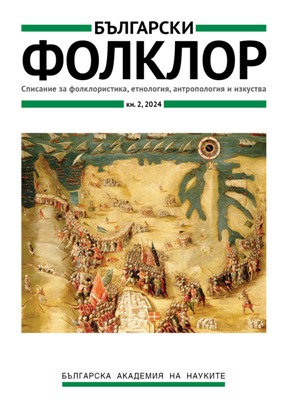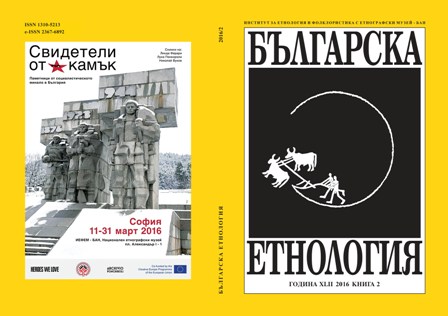
We kindly inform you that, as long as the subject affiliation of our 300.000+ articles is in progress, you might get unsufficient or no results on your third level or second level search. In this case, please broaden your search criteria.


Ludwik Maader (also quoted in sources as Lodovico or Ludovico Maader) was a composer working on Polish territory in the second half of the 18th century. He came to Jasna Góra in September 1784. He was a bandmaster until the end of 1798. Information about his life and activities is rudimentary. We know that he came to Poland from Moravia, specifically from Dub on Moravou – a small town near Olo - mouc, but unfortunately we do not know exactly his earlier activity. Requiem in Es by Ludwik Maader is preserved not only in the Ar - chives of Jasna Góra in the manuscript signed III-446. Currently we found out about four other Requiem. The source from Jasna Góra is autograph of the bandmaster and contains probably the oldest and original version of the composition. The first source is kept in the Jagiellonian Library, comes from Gidle, and was written in 1809. The second manuscript is located in the Provincial Archives of Dominican Order in Cracow and belonged to Dominican’s band in Gidle (1845). The third and fourth sources are inaccessible because of poor state of preservation. They are stored in two places: 1) Archives of the Arch - diocese of Gniezno signature II/7, belonged to the band from Grodzisk Wielkopolski, 2) Archives of the Archdiocese of Poznań – from the band in Gostyń. This article is focused on a comparison of the three manuscripts: one from Jasna Góra and two from Gidle. The author compared the content of manuscripts, the way of signing the text, vocal and instrumental parts and basso continuo.
More...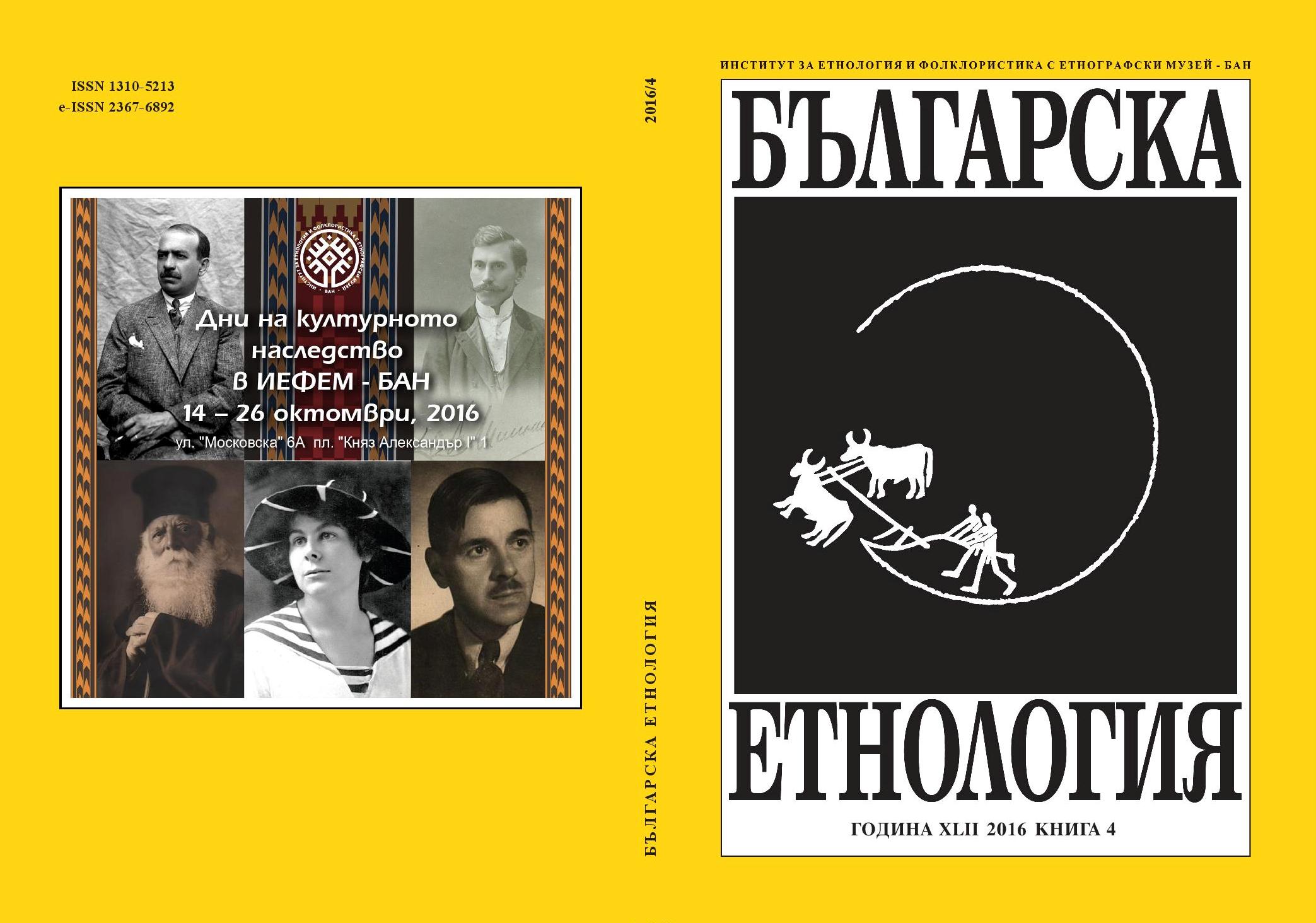

Conference report on an international scientific conference “Old Believers Abroad”, held in Toruń 19th-20th September 2016. The conference was devoted to various aspects of life of Old Believers’ communities outside Russia, as well as the problems of Old Believer emigration and general questions of Old Believerism.
More...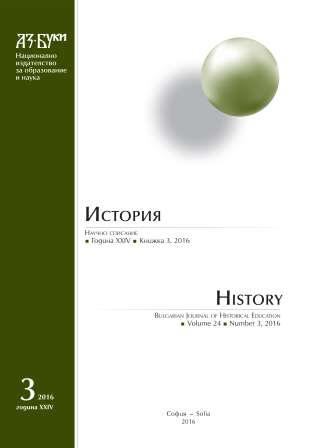
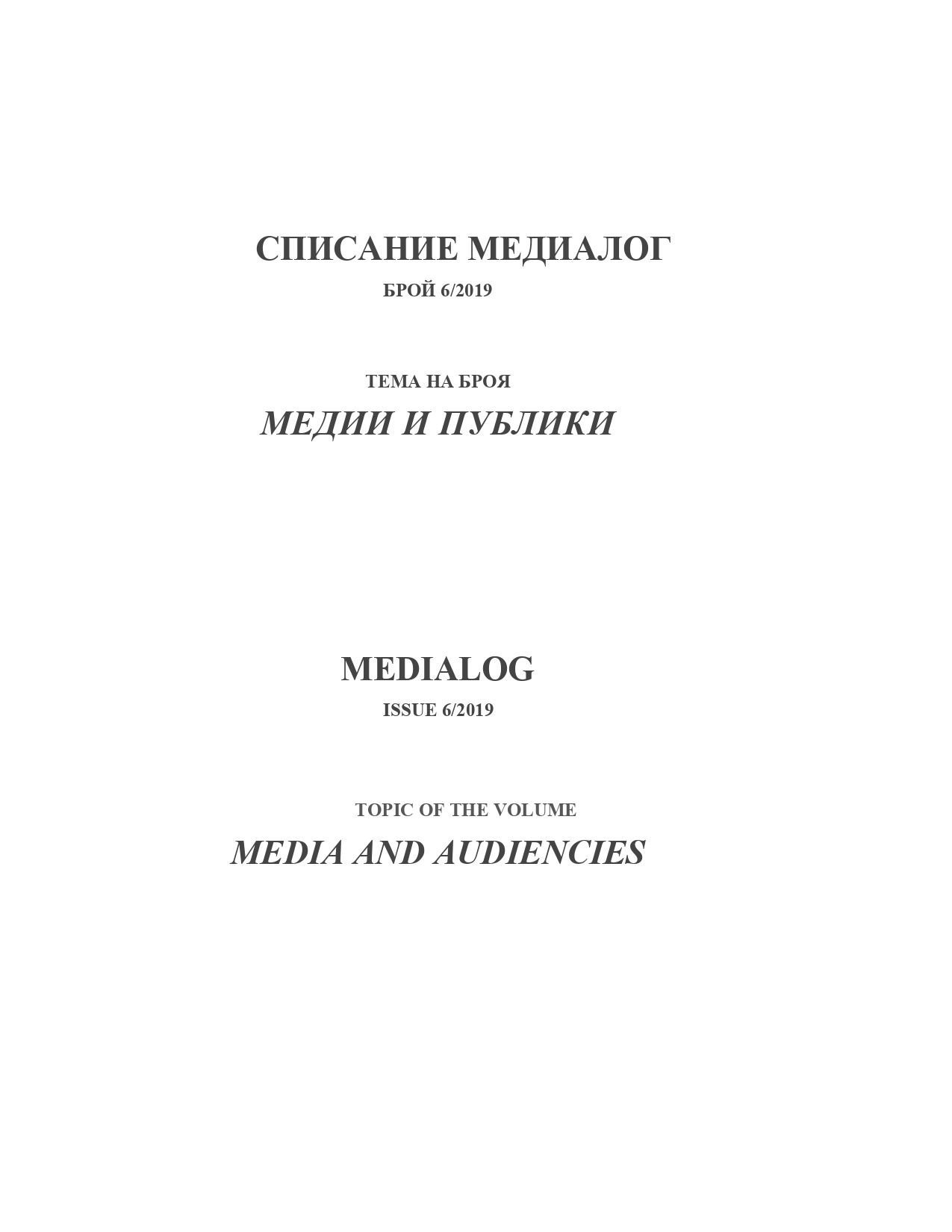
Conference report on the International Science Conference ‘Culture as Fieldwork: Authentic, Spectacular, (In)visible'
More...
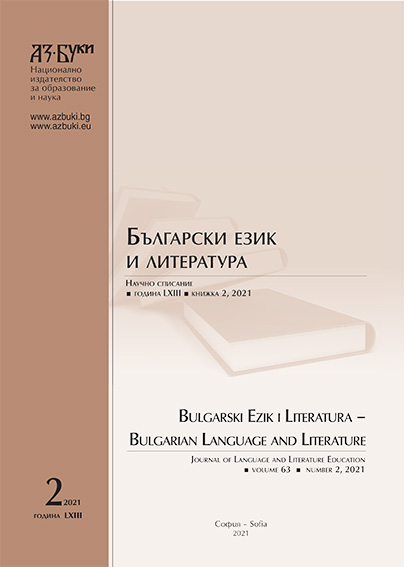
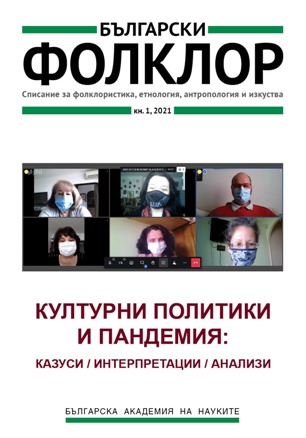
Scientific life, conference report
More...
Scientific life, conference report
More...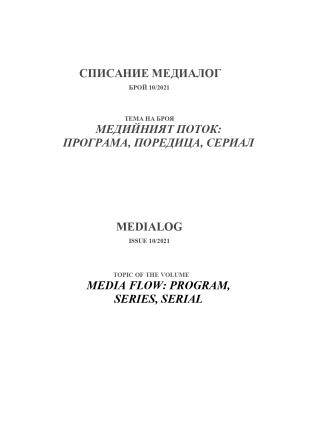
How do different arts - cinema, theater, literature, music - tell the story of the transition to democratization? This was the main topic discussed at a Round Table, held in the end of September at G8 Cinema by researchers for the project ‘The Transition after 1989 - Interpretations of Historical Change, Social Experience and Cultural Memory in Contemporary Bulgarian Literature’. The cultural heritage of Transition was at the center of discussions about the memory, the clash between the image of freedom and the market mechanisms of governing culture and art and the role of the media.
More...
The International scientific conference "Disinformation: the new challenges" brought together 16 participants - established researchers, PhD students and journalists - from Bulgaria, USA, Canada, Germany. The presented papers reflect various aspects of the problem of disinformation: the impact of disinformation on political processes, regulatory approaches to curbing disinformation, journalistic practice of fact-checking and debunking disinformation, the role of social media in disseminating and amplifying disinformation.
More...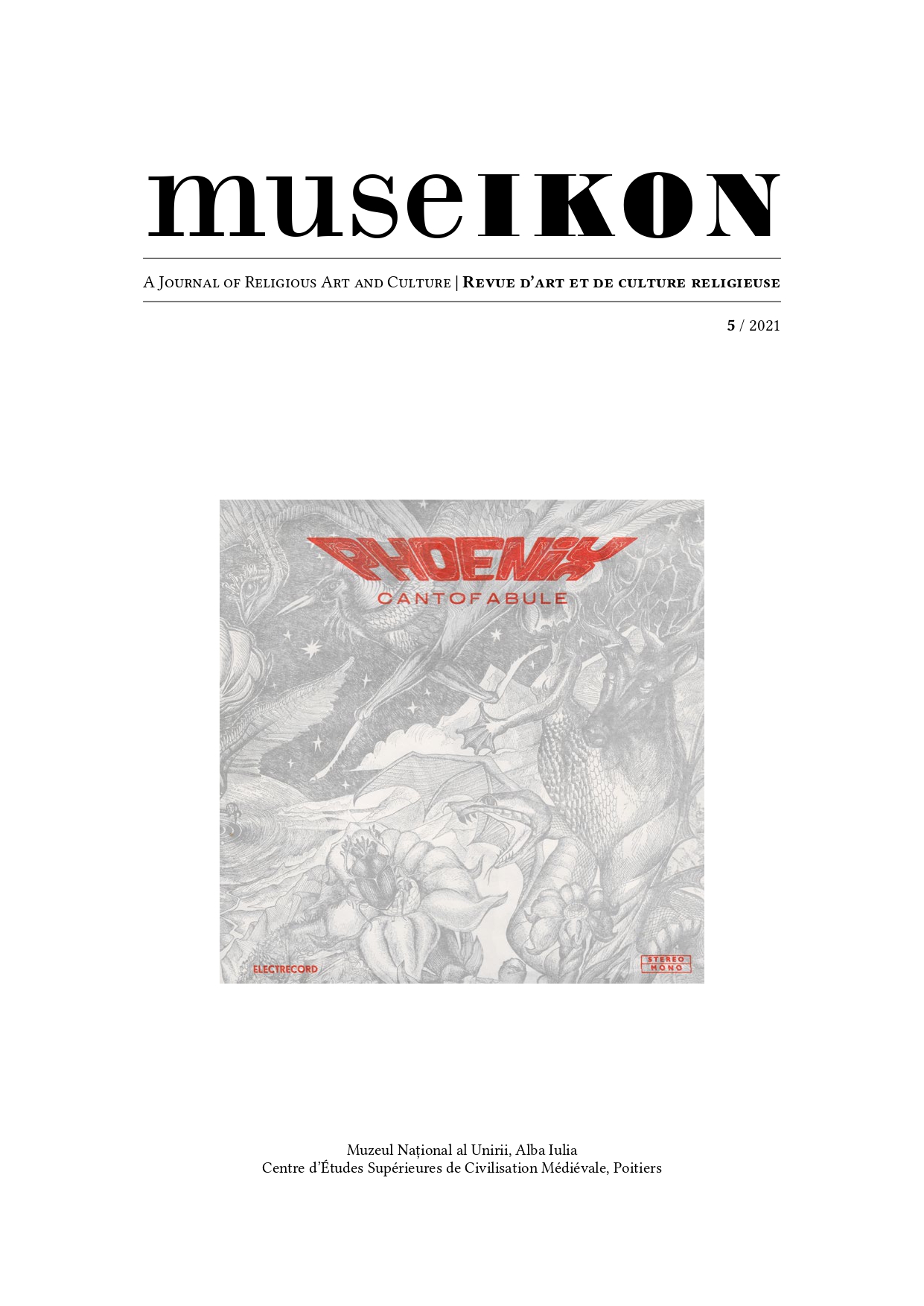
The ‘life’ of an object (the date of creation and its ‘adventure’ throughout time) can be revealed through a masterly interplay of historical, conservation, and scientific investigation. This is why a fruitful collaboration between chemists and restorers within the RICONTRANS Project(Visual Culture, Piety and Propaganda: Transfer and Reception of Russian Religious Art in the Balkans and the Eastern Mediterranean (16th-early 20th c.) has been initiated, in order to gain new insights into the phenomenon of the transfer and reception of Russian iconography in Transylvania.
More...
Exhibitions. Conferences. Projects. Databases. Latest publications.
More...
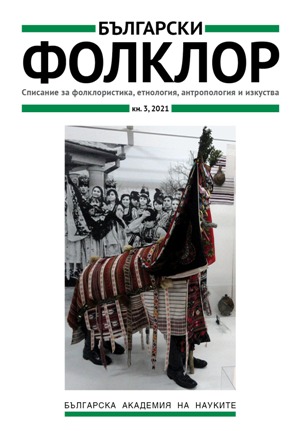
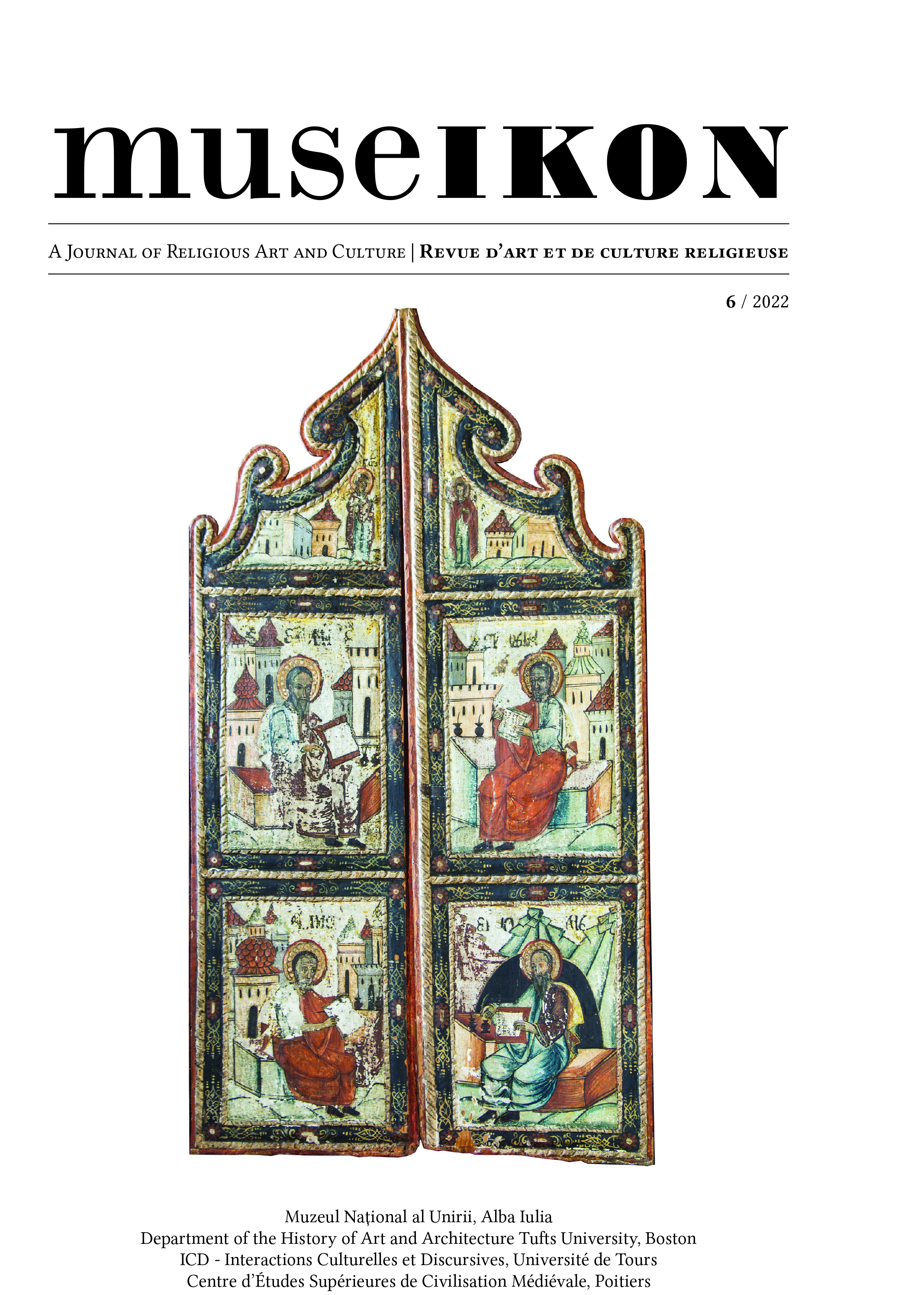
Le musée ‘Trésors spirituels de l’Ukraine’ à Kiev comprend plus de 400 icônes allant du xve au xixe siècles. Dans cette collection, plusieurs exemplaires témoignent d’une série de traits stylistiques indiquant que leur origine pourrait se situer dans la Ruthénie des Carpates, de Pokutia ou de Maramureș. Ces icônes se caractérisent par une forme simplifiée; une palette de couleurs limitée; une composition schématique; des formes stylistiques bien connues aux siècles précédents; un fond doré gravé; et des cadres en bois particulièrement sculptés. Le présent article décrit six de ces icônes : l’icône de la Mère de Dieu sur Trône, peinte par Michail Popovich de Kolomyia, dont les oeuvres se trouvent dans les églises de Budeşti-Josani et de Budeşti-Susani ; l’Annonciation de la fin du xviie siècle, oeuvre du peintre d’icônes de Hǎrnicești à Maramureș et Bǎlan-Josani ; une icône du xviiie siècle, la Descente du Saint-Esprit, peinte dans un style similaire à celui de l’icône de Saint Nicolas de Shelestovo, près de Moukatchevo (aujourd’hui au Musée de l’Architecture et de la Vie Populaires d’Oujhorod) ; et trois icônes – Christ Pantocrator, Théotokos Hodegetria et Archange Michel – provenant du même atelier que les Trois Saints Hiérarques du Musée d’Ethnographie Régionale d’Ivano-Frankivsk.
More...
Review of: Faces, icons and books for the soul: Moldavians in Ukraine, Ukrainians in Moldavia. Testimonies of sacred art; 16th-19th centuries, exhibition organized by the Metropolitan Museum of Iași between April 14 and August 14, 2022, to support Ukrainian refugees. Vladimir Ivanovici and Alice Isabella Sullivan (eds), Natural Light in Medieval Churches, Series: East Central and Eastern Europe in the Middle Ages, 450-1450, Volume 88 Leiden and Boston, Brill, 2023 Daniela Marcu Istrate, Church Archaeology in Transylvania. (ca. 950 to ca. 1450), Leiden and Boston, Brill, 2022, 522 p. Daniela Marcu Istrate, Dan Ioan Mureșan and Gabriel Tiberiu Rustoiu (eds), Christianization in Early Medieval Transylvania. The Oldest Church in Transylvania and Its Interpretation, Leiden and Boston, Brill, 2022, 499 p. Mihail K. Qaramah, O istorie a Molitfelnicului Românesc. Evoluția formularelor Sfintelor Taine (sec. xvi-xvii) [A History of the Romanian Euchologion: The Evolution of the formularies of the Sacraments (16th -17th c.)], Alba Iulia, Editura Reîntregirea, 2022, 310 p.
More...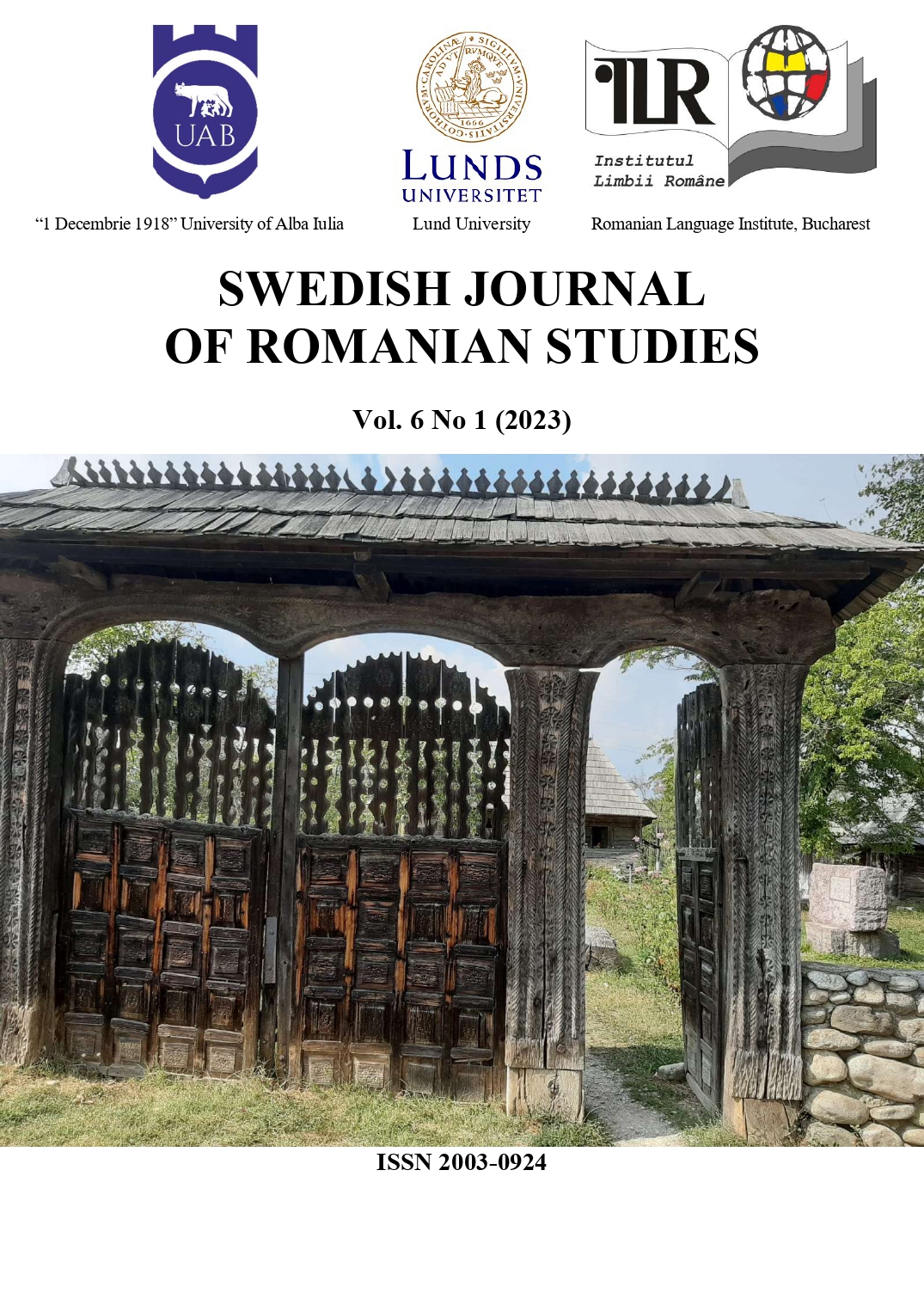
This article aims to show that Herta Müller's life is depicted as one of perpetual uprooting and to portrait elements in her novels where the writer deals with major universal themes, connected to the topic of exile and fundamental to understanding the turbulent 20th century in Europe. Her denunciation of the horrors of totalitarianism, against which she opposes a cry for freedom and against oblivion, stands out for its capacity for reflection, its originality and its poetic sensitivity, in such a way that it manages to traverse this arid terrain with original images of great beauty.Herta Müller in exile, the claw in the heart
More...